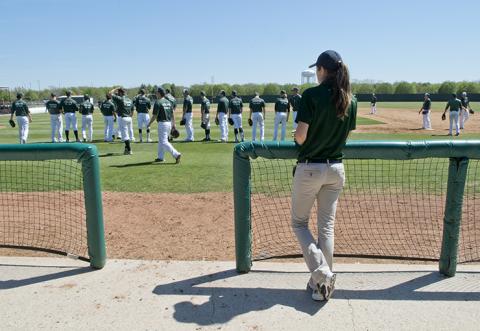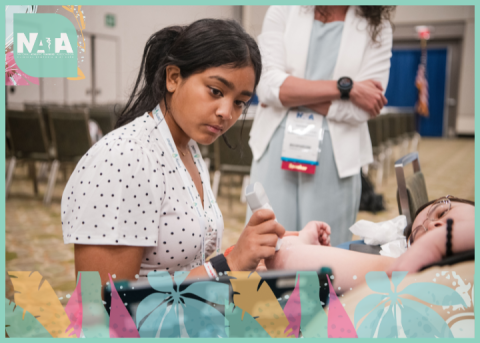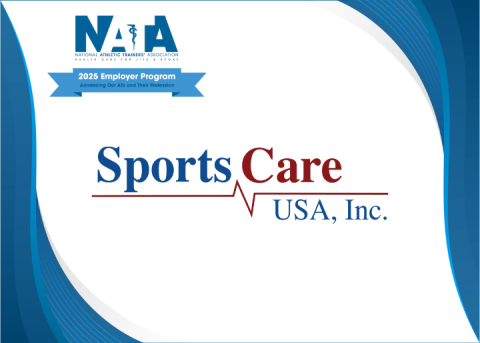
Exertional rhabdomyolysis, an excessive breakdown of muscle fiber during physical activity, is a dangerous health and safety issue – and one that is preventable. To shine a light on exertional rhabdomyolysis, NCAA Chief Medical Officer Brian Hainline, MD, has issued guidelines that athletic trainers can use to prevent this life-threatening occurrence from taking place.
When you’re done reading Hainline’s statement, be sure to check out the resources NATA has related to exertional rhabdomyolysis, including information on sickle cell trait, the Malignant Hyperthermia Task Force Roundtable and NATA’s Preventing Sudden Death in Sports Position Statement. You can also read more about exertional rhabdomyolysis in the Clinical Bottom Line featured in the February NATA News.
NCAA Exertional Rhabdomyolysis Message
I would like to take this opportunity to raise awareness among the college sports community about the important health and safety issue of exertional rhabdomyolysis.
Exertional rhabdomyolysis in athletes is a preventable and potentially fatal condition. When it occurs during a supervised strength and conditioning session, it indicates a breakdown in the structure and/or application of that session and demands a careful assessment of the reasons for that breakdown.
The following guiding principles are paramount to preventing exertional rhabdomyolysis:
1. Transition periods are particularly vulnerable times for athletes and demand careful attention to progression in volume, intensity, mode and duration of activity. Examples of transition periods:
a. Athletes new to the program.
b. Athletes returning after an injury or illness.
c. Any delayed participation relative to the team schedule.
d. Resumption of training after an academic break (e.g., winter, spring, summer).
2. All strength and conditioning workouts should be exercise-based, scientifically sound and physiologically representative of the sport and its performance requirements.
3. Conditioning programs should begin with a work-to-rest ratio of 1-to-4.
4. The first four days of transition periods should be separate-day workouts, and all workouts:
a. Should be documented in writing.
b. Should be intentional.
c. Should increase progressively in the volume, intensity, mode and duration of physical activity.
5. All strength and conditioning workouts:
a. Should be documented in writing.
b. Should reflect the progression, technique, and intentional increase in the volume, intensity, mode and duration of the physical activity.
c. Should be available for review by athletics department staff.
We encourage the sports medicine and sports performance teams on your campus to discuss prevention strategies that incorporate these guidelines and address this preventable condition. Additionally, we encourage you to share this information with the Student-Athlete Advisory Committee at your school.
Do not hesitate to contact the Sport Science Institute with any questions about exertional rhabdomyolysis at ssi@ncaa.org.
Brian Hainline, M.D.
NCAA Chief Medical Officer





